Where To Wet A Line And Hang On
Tracking down what I think are the top fishing destinations in the US and Canada was a tough job, but someone had to do it. You have to narrow your choices; for a fishing fanatic, that’s especially brutal. But, having survived that ordeal through years, I’m ready for the big reveal.
Many of the lakes and rivers I will mention below are ones we’ve camped on or nearby in our 2015.5 Leisure Unity MB, Lucky Us. Many are in Michigan, my home state. There are multiple reasons for this, and at the top of those reasons is that Michigan has it all: outstanding fishing both inland and on the Great Lakes, some of the best river fishing on the continent, great scenery, and great places to camp. I therefore don’t make any apologies for being Michigan-heavy.
But regardless of whether you’re a dedicated freshwater or saltwater angler, all will capture your imagination and heart with dreams of tackling a fish or two at the spots below. So grab your fishing rods and favorite lures and flies, and wade in.
Au Sable River System, Michigan
The Au Sable’s three main branches – centered around the northern Lower Michigan towns of Grayling and Roscommon – are legendary amongst fly fishermen worldwide.
The Au Sable has been called the best trout stream in the United States by national magazines for good reasons, among them quality of wild fish, numerous easily reached public accesses, and how generally easy it is to wade here. The famed conservation group Trout Unlimited was also formed on its banks. The Au Sable provides the entire experience. Most people fish the three main branches and the catch-release, flies-only stretches.
Mainstream
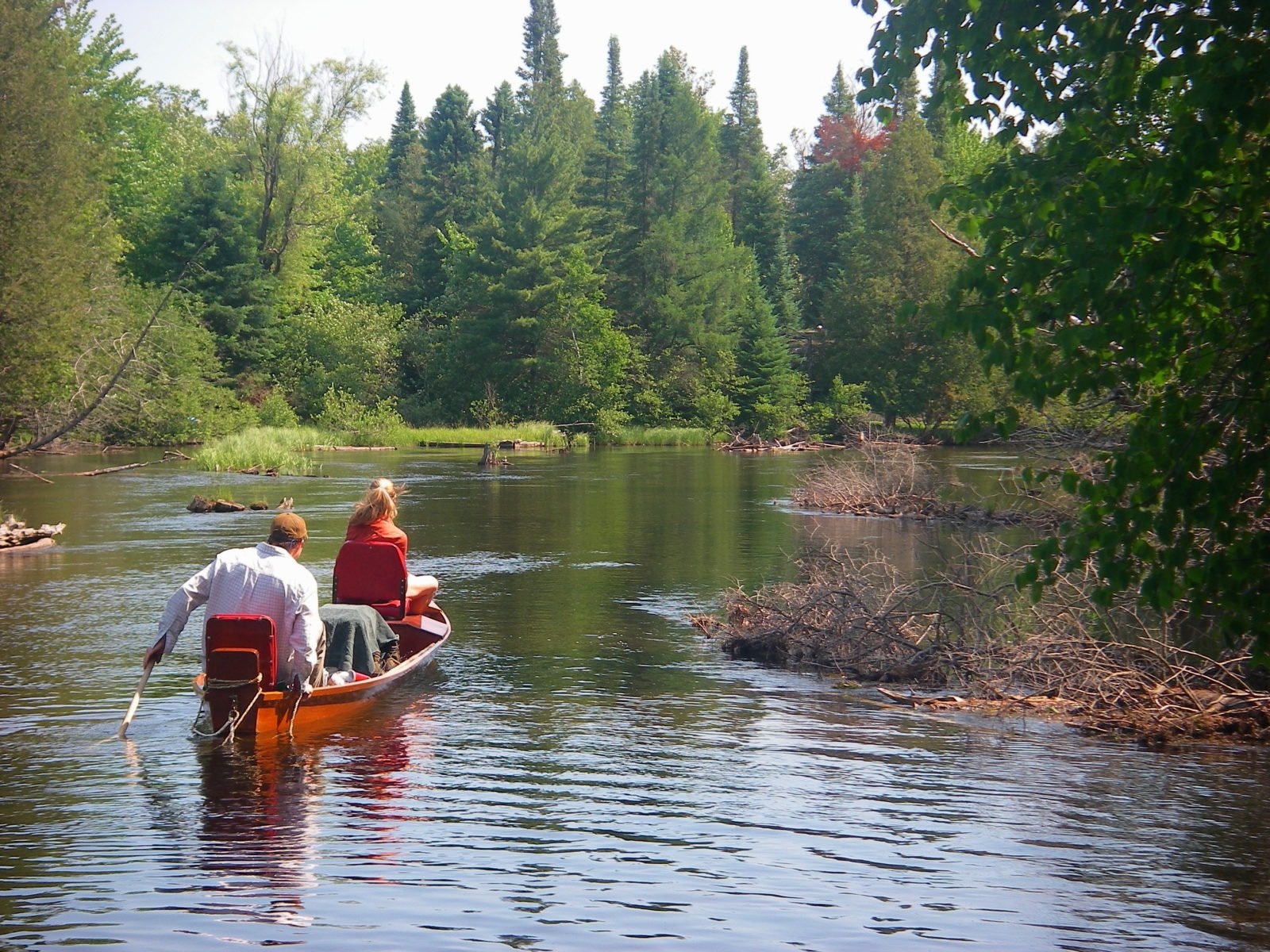
First, it’s called the “Mainstream,” not the main branch. Stay in your LTV at one of Michigan’s great state forest campgrounds; there are several along the river. Like national forest campgrounds, they’re all on the water.
Among my favorites is Keystone Landing, about seven miles east of Grayling along state highway M-72. Turn north at the sign, and about a mile later down a sand road, turn right. The 18 rustic campsites are widely spaced, with at least three along the river a few cast lengths away through the trees. There is no power, just a pitcher pump and pit toilets, and no dump station – perfect for boondocking.
Walk down the steps to the river, and you’ll find one of North America’s most beautiful and accessible trout streams. It has a mostly gravel bottom that’s normally thigh-high at the deepest, aside from some fish-holding holes. This river hasn’t seen a planted hatchery fish in decades.
Even when it gets wider downstream, it’s still often wadeable. Many anglers also hire guides, who often use the unique Au Sable Drift Boat, narrow but extremely stable, usually 20 to 25 feet long. And the fish? Oh, the fish. We’ll leave it at that.
South Branch
On the South Branch, cast a fly over big browns and brook trout in the famed Mason Wilderness Tract, an 11-mile section overseen by the state’s Department of Natural Resources. There is no camping on the state land proper, but Canoe Harbor Campground is at the tract’s downstream end. Its beautifully forested and widely-spaced sites are a short walk from the river.
There is plenty of public access here too, reached by a series of gravel and sand roads and trails. Some of these are more suitable for an LTV than others, including some two-tracks that you will want to stay off of with your LTV and instead tackle in a pickup or SUV.
The most crowded time here is in mid-to-late June during the nighttime hex hatch of the giant Michigan mayfly, which brings monster trout (up to 28 inches) out to play.
Get more information on the river and guides for both branches at shops like the Old Au Sable Fly Shop in Grayling, and Gates Au Sable Lodge a few miles from those campgrounds. At Gates Lodge, there’s also a restaurant – be sure to ask about the “bread hole.”
North Branch
This stretch of equally beautiful river flows past the mapdot community of Lovells. It was a favorite haunt of people like Edison and Henry Ford. It also has lots of public access and generally isn’t as crowded with anglers and canoeists as the others. State forest campgrounds are nearby, but not on the river.
Errington’s Wilderness Island Resort, Northern Ontario
If I had to choose one Ontario fishing resort to visit, Errington’s Wilderness Island Resort would be it.
Of the several I’ve been to in the region promising a great time, this one delivers on all fronts, from lodging, ambience, and food to facilities, and oh yeah, fishing, too.
The first time I stepped onto the island and into the main lodge dining room, and was then taken by boat to our cabin, I was already planning my next visit here.
One of only two resorts on 20-plus-mile-long, 10,000-acre Lake Wabatongushi, we’ve been to Errington’s twice. The first time we arrived via train. The second time, we arrived via seaplane from Hawk Air near Wawa (park your LTV at Hawk Air’s office), and this is now the only way to get there. Our first visit was only a few days after the resort had opened for the summer, and crusty snow was still on the ground. Our second visit was with family in August.
Our cabin was one of nine on the main island, and there are more on another island nearby. There are also six one-bedroom suites with a common deck next to the lodge, all built by Al Errington and his family.
After registering at the beautiful main lodge/restaurant, we hopped a short ride to the cabins that our group would occupy for the next four days. Each cabin is far enough from the others that it’s easy to start thinking you’re the only one on the lake, but they’re still a short walk from the dining room.
Errington’s can handle up to 40 comfortably and offers a choice of cook-for-yourself, dinner-only, or all-meals-included packages. And the meals are great. Each cabin includes a dock and a classic cedar-strip 18-foot boat with a four-stroke outboard, fish finder, and electric troller.

The cabins, cedar weathered on the outside to a rustic gray-brown from Canadian winters, are warmly welcoming inside, with comforts you’d not expect 205 miles north of Sault Ste. Marie. Our three-bedroom place had comfortable beds for six, a wood stove for heat (wood is replenished daily), both electricity and gas lamps, and full kitchen and bathroom. The porches (one screened, the other a large deck) were perfect spots to hang when we weren’t fishing.
As for the fishing? The best. My first 20-inch walleye came off our dock on the first evening after dinner, as loons called across the stillness. Our group’s largest walleye was about 32 inches and around 11 pounds. Most were 16 to 20 inches. Pike also attacked our lures with abandon. Guides are available at an extra daily charge, and Errington said it takes only a day or so with a guide to learn the waters a bit.
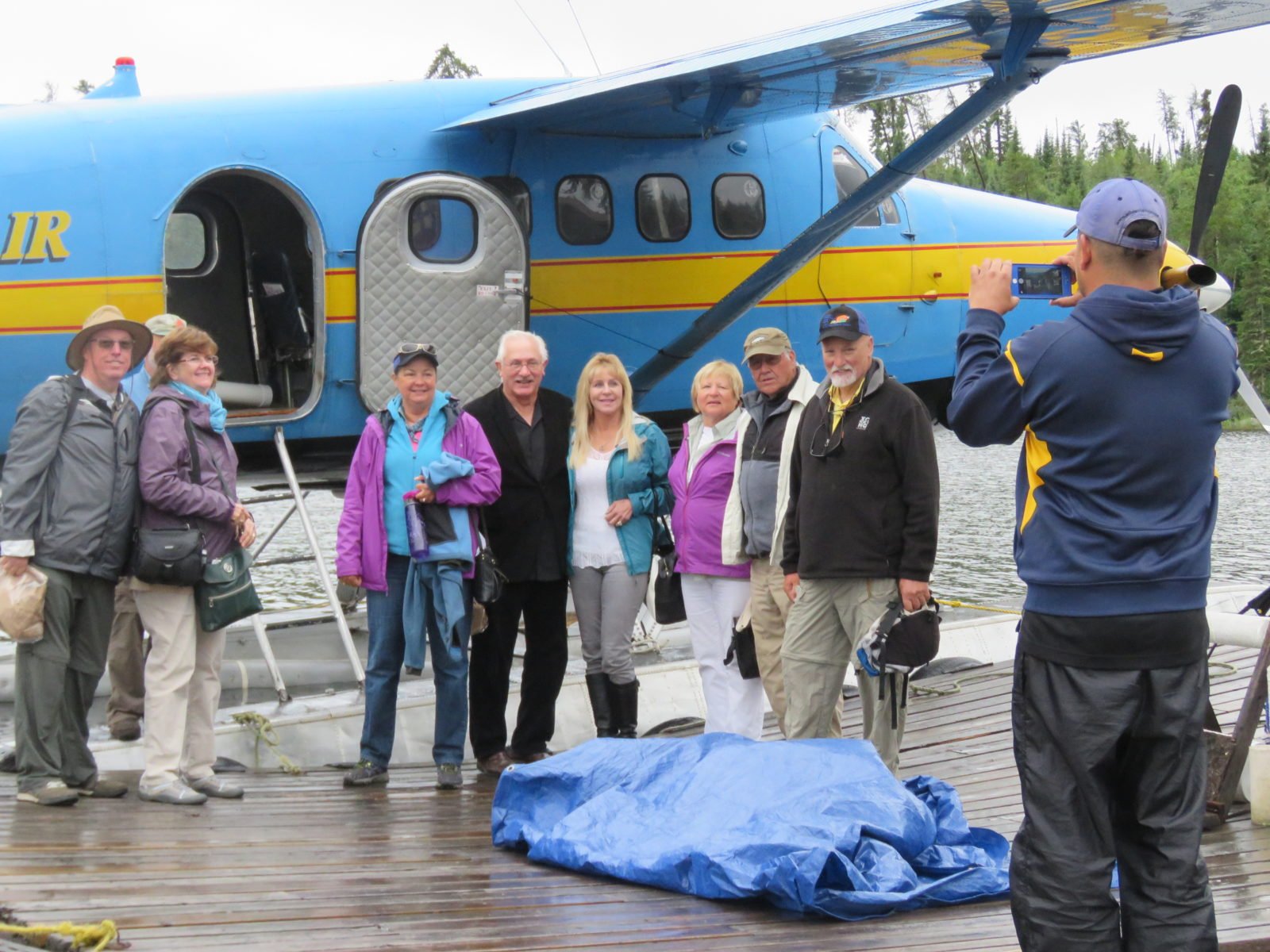
Errington began a walleye slot limit that eventually the province of Ontario adopted, ensuring good natural reproduction. Bring your own tackle here; all usual walleye gear will work. The lodge has minnows and crawlers for sale and a small inventory of tackle.
Black flies? Ontario’s summer reputation for these small flying carnivores is well-earned, but not so much here.
“We really don’t have much,” said Al. “Mosquitoes are out for an hour or so just at dusk. Black flies are annoying for about a week in early June. We don’t have much, partially because we are at the top of the Canadian Shield on the divide between Hudson Bay and Lake Superior, so there are very few springs which black fly nymphs need to survive and hatch.”
Take a break from fishing to enjoy one of Errington’s nature tours, including a trip to an island to walk through mini forests of lichen, growing since the last Ice Age, and a boat ride to a spot where bears snack on resort food scraps. The island trails are also fun to explore, as is the observation deck where you can sometimes see feeding moose, and if you’re lucky, the Northern Lights at night.
I don’t usually rave about destinations. This one is an exception. Contact Errington’s at 705-946-2010 or at wildernessisland.com.
Lake St. Clair, Michigan and Ontario
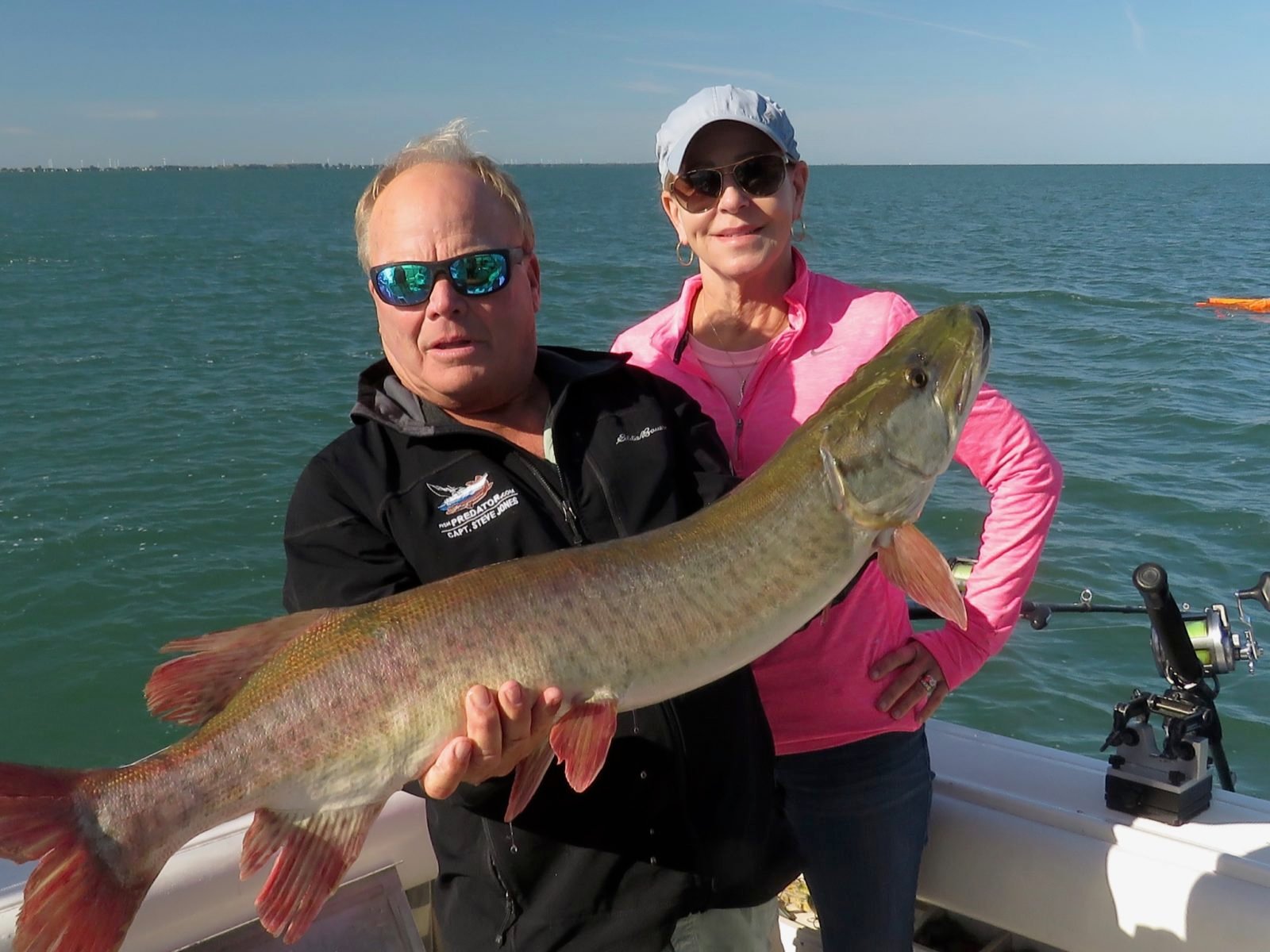
If you want to fish for the Great Lake’s apex underwater predator, the muskie, head onto Lake St. Clair with Captain Steve Jones.
When he’s not busy taking anglers out after Atlantic salmon in southern Lake Huron each spring, or walleye on the swift St. Clair River or Lake St. Clair, he turns his 31-foot Tiara into an ultimate muskie-hunting platform. He’ll head to either Michigan or Canadian waters (one-day Canadian license needed), depending on where the fish are active. Muskies used to be known as the “fish of 10,000 casts,” but not on St. Clair. I’ve been out with him several times, and we caught up to six fish each trip.
Trolling foot-long lures at up to 5 mph – a speed generally only used in saltwater – his biggest fish in 2018 was 44.5 pounds, the fourth largest ever caught on the lake. Most average 40 inches. Contact Captain Jones at fishpredator.com.
St. Clair is also world-renowned for its smallmouth bass fishing. Consistently landing fish up to five pounds from small boats is the specialty of anglers like Marcel Veenstra (810-923-5035, marcelsguideservice.com) and Gerry Gostenik (313-319-0100, greatlakesbassfishing.com), who may be the best bass guides on the lake.
Algonac State Park, where giant ocean and freshwater ships glide by along the St. Clair River, is a convenient place to stay for the trip. Watch out for mosquitoes at dusk.
Lake Michigamme/Lake Gogebic, Michigan
Located west of the Upper Peninsula’s largest city, Marquette, Lake Michigamme stretches east to west following M 28/US 41 for several miles.
The best access to a campsite and the lake is at Van Riper State Park on the lake’s east end, which also has a small but adequate boat launch. There are lots of traditional fishing spots here for the main target, walleye. You will often see anglers motor off to points far away from the launch. Here, you may only need to go a few hundred feet.
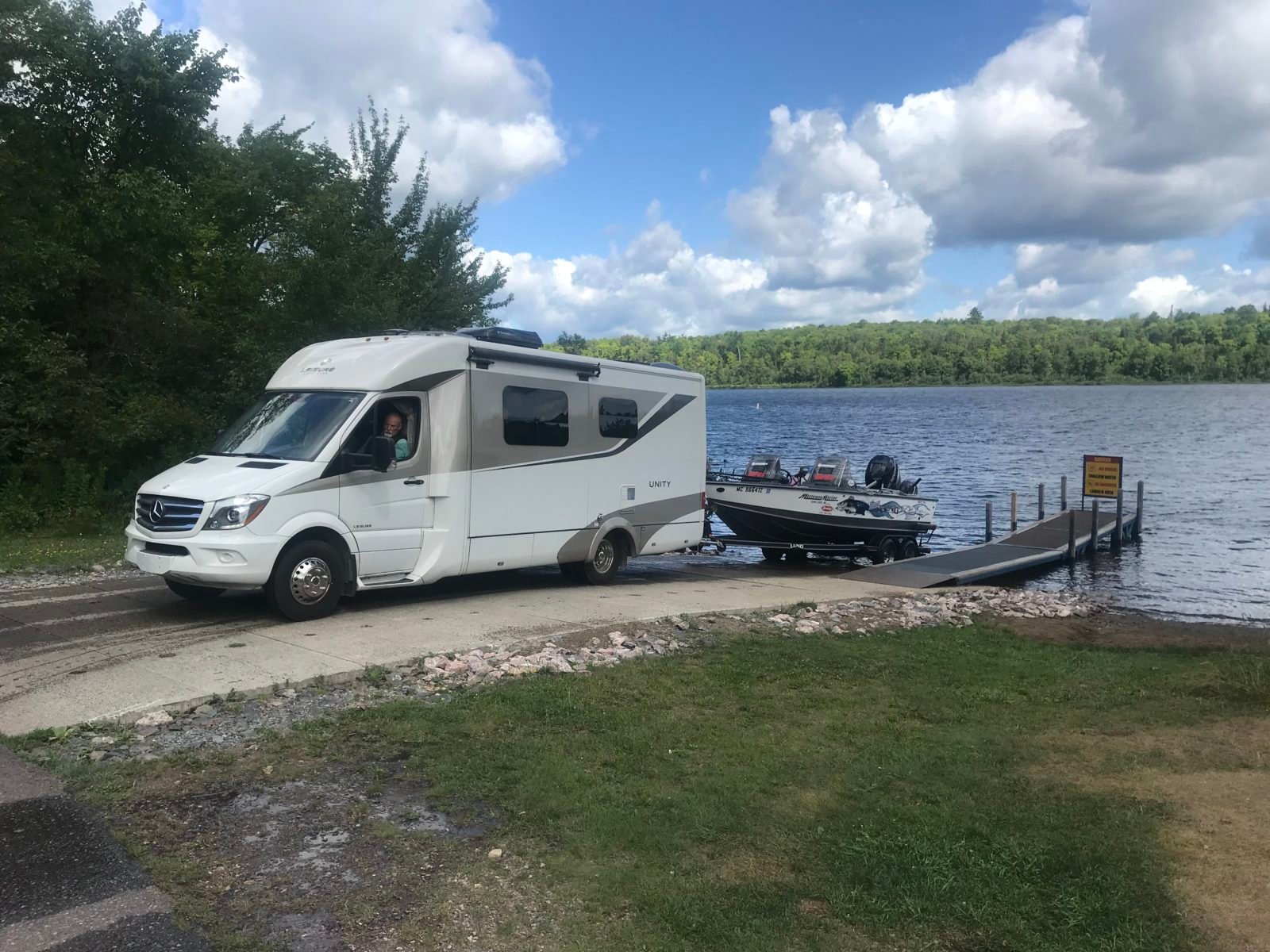
We launched here in August, and immediately west of the dock the walleye were stacked from top to bottom in the narrow marked channel leading to the main lake. We trolled with night crawlers and crank baits and caught several, but I should have tried Lindy or Roach rigs or jigging lures – I’m sure we would have caught our limit.
Lake Gogebic is the Upper Peninsula’s largest lake, at nearly 18 miles long and spanning two counties. It has both county and state parks, and lots of walleye. Hire former pro Tim Long, who runs The Timbers Resort (which has a couple of very basic campsites) with his wife Sarah at the lake’s north end, and you won’t be disappointed.
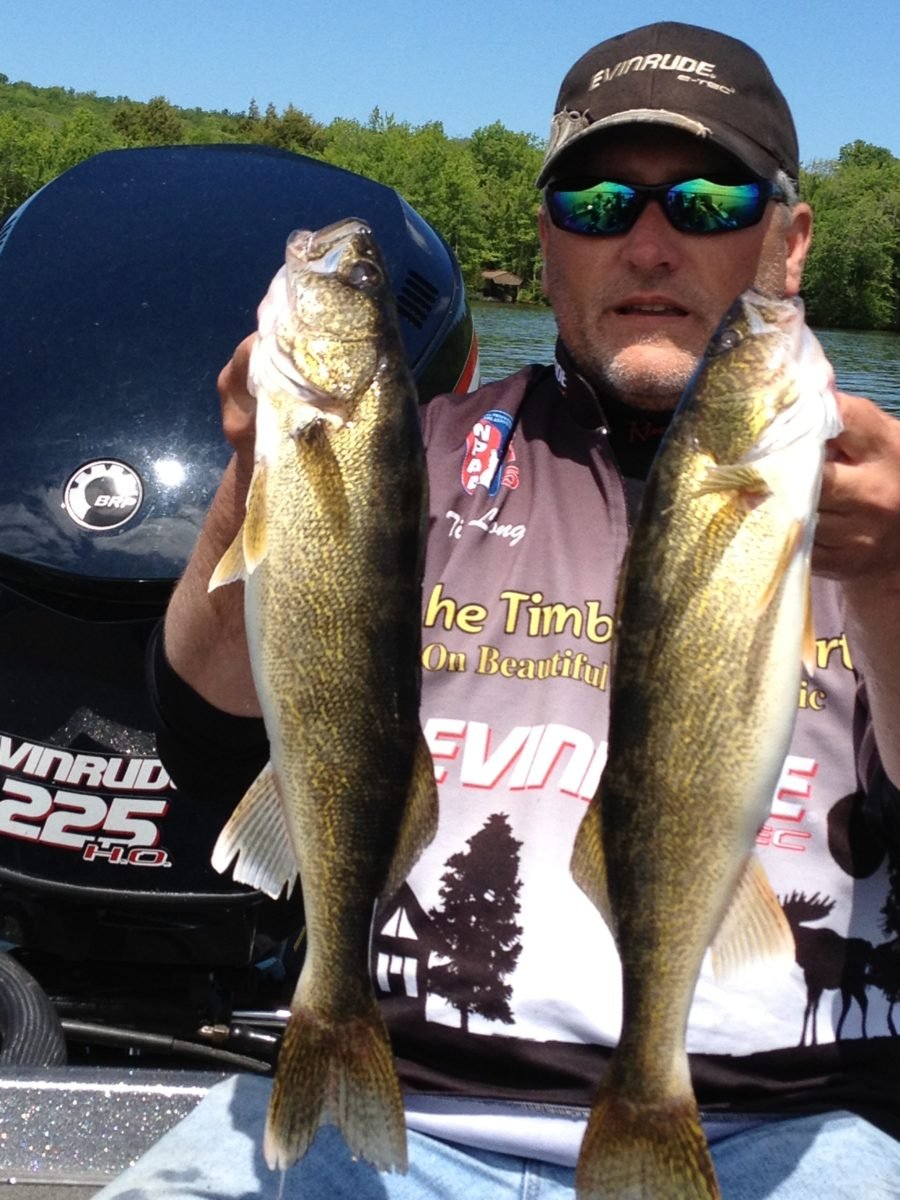
Lake Michigan, Frankfort, Michigan
Already a bit perturbed that he’d missed the first half-hour of action when his customers arrived late, Captain Gregory Sheremeta pointed the 33-foot Tiara south out of the harbor for “the hole,” better known to old-time skippers as the Herring Hole.
His target? They’re no longer called chinook. According to Sheremeta, and the others in a new breed of young charter captains, they’re now called “mos,” or “big mos.” And, he said, that’s not the only thing on the water that’s changed since professional anglers his age began replacing some of the fleet’s original captains.
Sheremeta’s been around the block a few times. Beginning at age 11, he first-mated for several boats where his grandfather first introduced him to fishing. At just 18, he earned his captain’s license and began taking out his first customers. If they had any qualms about a teenager at the helm, they were put to rest for good when they came back with fish. Today he runs the Sara K II, a 31-footer, for chartering.
Sheremeta’s initial grumblings about us being late were quickly forgotten the minute the first downrigger popped with a big chinook at the other end, and that’s the way it went the entire day. If you hitch a ride with him, Captain Greg is bound to show you plenty of face time with Lake Michigan fish. Contact him at sarakfishingcharters.com, or 734-422-0932.
Lake Oahe, South Dakota, and Lake Sakakawea, North Dakota
Lake Oahe centres around the towns of Akaska, permanent population about 50, and Mobridge, upstream a little and farther north. The equally-vast Lake Sakakawea takes in snowmelt waters from Montana’s Yellowstone River to add to the Missouri River’s flow. Both Oahe and Sak are Missouri River impoundments, which pours into making the Mississippi even mightier north of St. Louis.
A visit here is about more than the great walleye fishing in both of these water bodies. A visit here could take you where it took me a few years ago.
On a visit to the area for a walleye tournament, I met Ole Olson (O-lay, the way the Minnesota Norwegians pronounce it), and while his sons were fishing Lake Oahe, we drove to Mobridge. We first shopped at the meat processing plant for some nicely priced locally raised bison and elk, then I heard about the Sitting Bull monument overlooking the Missouri a few miles away. We decided to visit.
We turned south at the casino and drove a few miles into the prairie, where we parked and walked to the site where the great Lakota war chief’s remains lay buried. Visitors had placed silver and other offerings at the foot of the monument. We stood for a while nearby, looking over the Dakota prairie, little changed from when the chief who defeated Custer was born and died here.
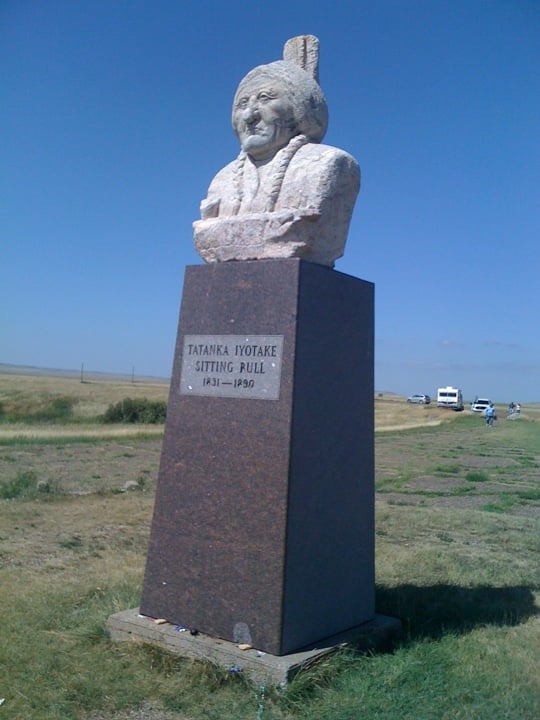
As we walked back to our car, I began to hear something that I can only describe as eerily wonderful. I heard chanting rising on the wind, then drums beating a dance cadence. And there was nothing – absolutely no reason whatsoever – that would explain why I was hearing it. No ceremonies. Nothing happening at the casino. Nothing anywhere for literally miles. Only the sound of drums, and those voices, and the Dakota wind. Dumfounded, I asked Ole if he heard anything strange.
“Yeah, I hear it too,” came the response.
Then it was gone.
It was about as strange an experience as you can imagine. Was it the spirits of those who occupied the lands? Was it Sitting Bull singing a lament about his land? Something else? I don’t know. I don’t care. It’s what I heard, and it will stay with me the rest of my life.
Sometimes, fishing trips aren’t about fishing.
By the way, if you’re interested in trying the Missouri at Oahe, check out Chad Schilling’s Oahe Wings and Walleyes. For that other spectacular walleye pond, Lake Sak, try Matt Liebel at Liebel’s Guide Service, 701-770-6746.
Whether you hear those drums and voices on the wind while you’re here depends on how in tune you are with the prairie, the hills, and yourself.
Keweenaw Peninsula, Michigan
Michigan walleye pro and Freshwater Fishing Hall of Fame inductee Mark Martin introduced me to this late fun-for-all a few Octobers ago. Splake, a cross between lake and brook trout, were introduced by the Michigan Department of Natural Resources as a fish species that they swear can’t reproduce due to genetics.
Tell that to Martin, who swears they do, or at least try to. We watched literally hundreds of splake porpoise and do tail-kicks on the sun-splashed surface of Copper Harbor, at the Keweenaw Peninsula’s tip, on a cool late-October afternoon. Casting spoons and other rigs, we caught and released literally dozens of these fish.
They enter many of the Upper Peninsula’s harbors in mid-to-late October, and they’re also catchable in May. Copper Harbor is my favorite because its boat launch is easily reached, and it’s well-protected from Lake Superior’s fall winds. For charter info, contact Captain Jim LaBeske, 906-370-4433 http://hookheuver.com/, or Capt. Ron Racine, 906-370-4378.
Saginaw Bay
Walleye literally by the millions live in Saginaw Bay, between Michigan’s “thumb” and the state’s east coast. They’re considered the best-tasting freshwater species around.
So many fish are here that the Michigan Department of Natural Resources recently lowered the size limit to 13 inches and raised the daily limit to eight per person. Depending on when you go, you’ll either fish with crankbaits (trolled lures) or standby night crawler harnesses that are also trolled. There are several charters to choose from all around the bay, including several out of tiny Au Gres, and others like Brandon Stanton (989-963-0215).
Walleye pro Mark Martin will also teach you at annual two-day fishing seminars each May at the state park. Contact the Saginaw Bay Visitor Center at 989-667-0717 for more info. For his Wisconsin school, contact Martin directly through his Facebook page.
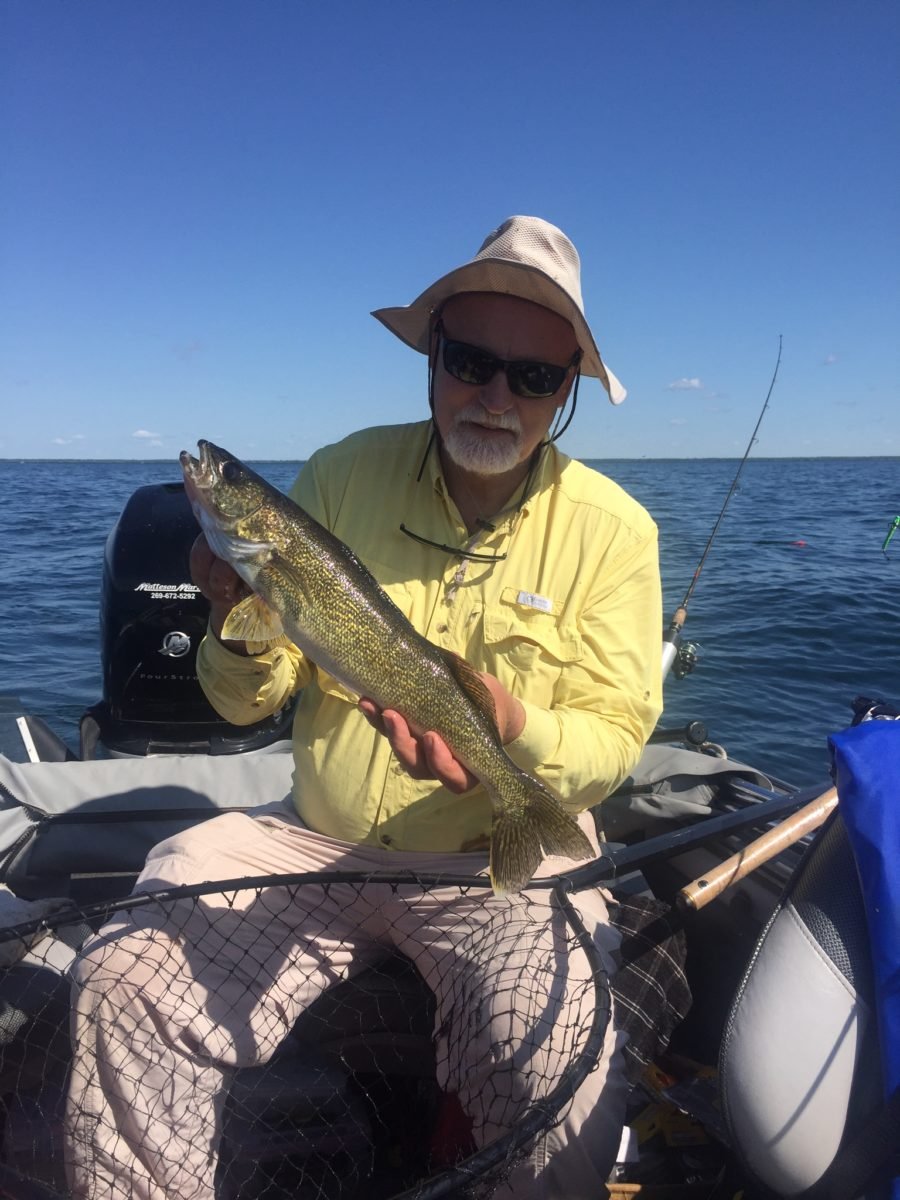
There are great places to camp, including the city-run campground (one of the cleanest camps I’ve ever been in) along the Au Gres River on the north end of Au Gres, and Bay City State Park.
The Soo, Ontario
They’re known as the “king” of fish, and the “fish of kings.” They earned that name for their fighting ability, difficulty of catching, the beauty surrounding where they spawn, and their inability to adapt to living with peons – namely, us. People literally pay tens of thousands of dollars to fish private reaches of river in Quebec, Norway, and Scotland for a chance to catch just one.
Atlantic salmon are also considered an endangered species because of what we’ve done to their habitat. You can still find a few very expensive lodges that will take you to fish for these in Canada, with a few less expensive in Nova Scotia.
But there are some bright spots for Atlantics, one of them being the St. Marys River rapids, the outlet for all of Lake Superior, found at the twin cities of Sault Ste. Marie, Ontario and Sault Ste. Marie, Michigan – “The Soo” for short.
The Michigan version is one of the oldest inhabited cities in North America, and home to an ingenious planting pioneered by Lake Superior State University that has introduced what appears to be a spawning population of these beautiful fish into the river’s rapids on the Ontario side.
Two guides I recommend highly to help you fly fish for these fighters are John Giuliani and Brad Hodkinson, both of The Soo, Ontario. Both are experts.
On one occasion, Giuliani guided me and my brother Alan and sister-in-law Jerie across the swift, crystal clear channel water pouring out of the spillway controlling the wide St. Marys River, where we hoped to find Atlantics. Usually, these fish are here in summer. We were there in late summer, so we hooked into several pink salmon along with some huge resident rainbow trout. On one cast I had what I thought was the bottom, but instead, the line began moving fast toward the US side. It was a big chinook salmon. I hung on as it spooled out line, and then it was gone.
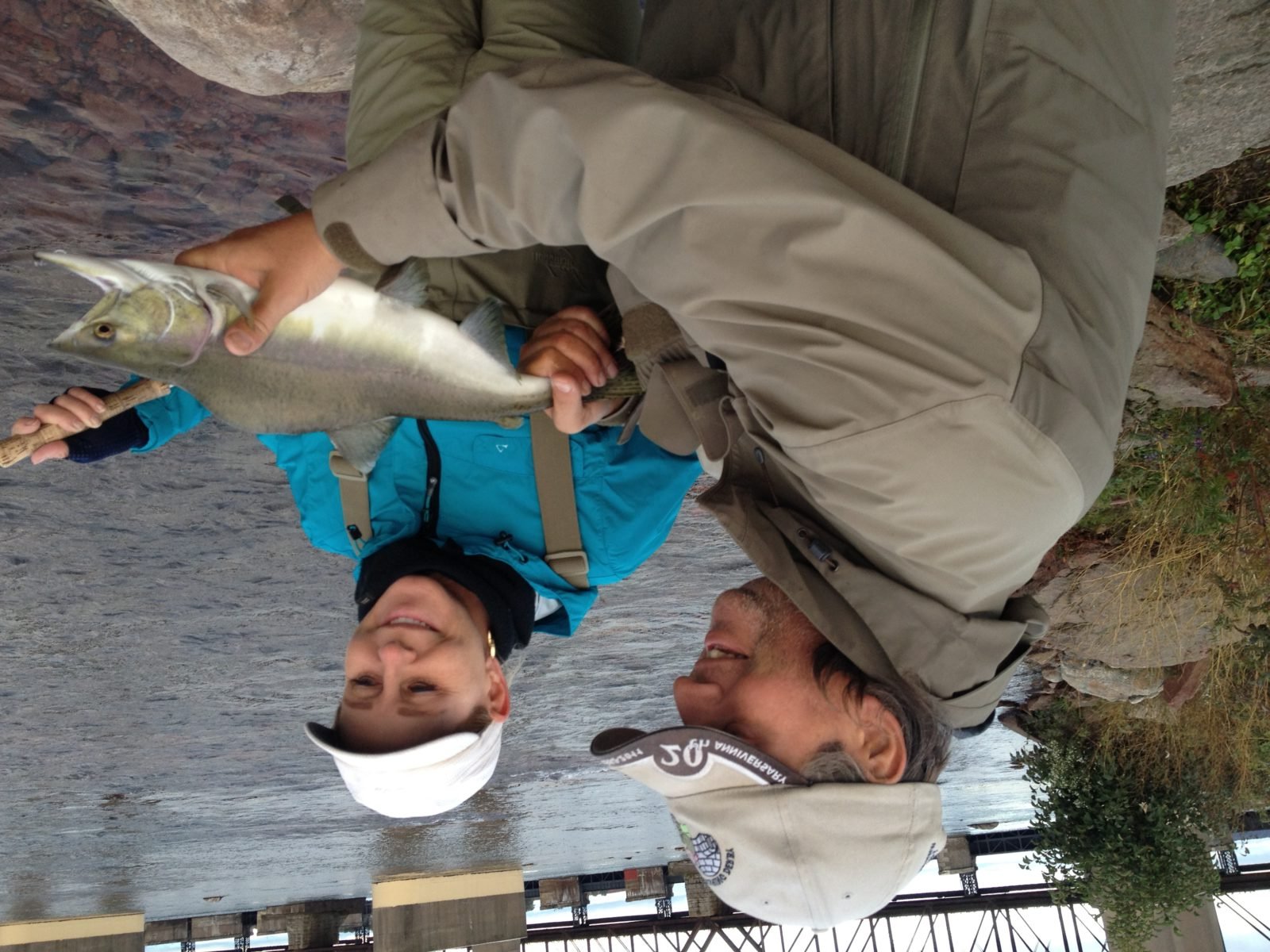
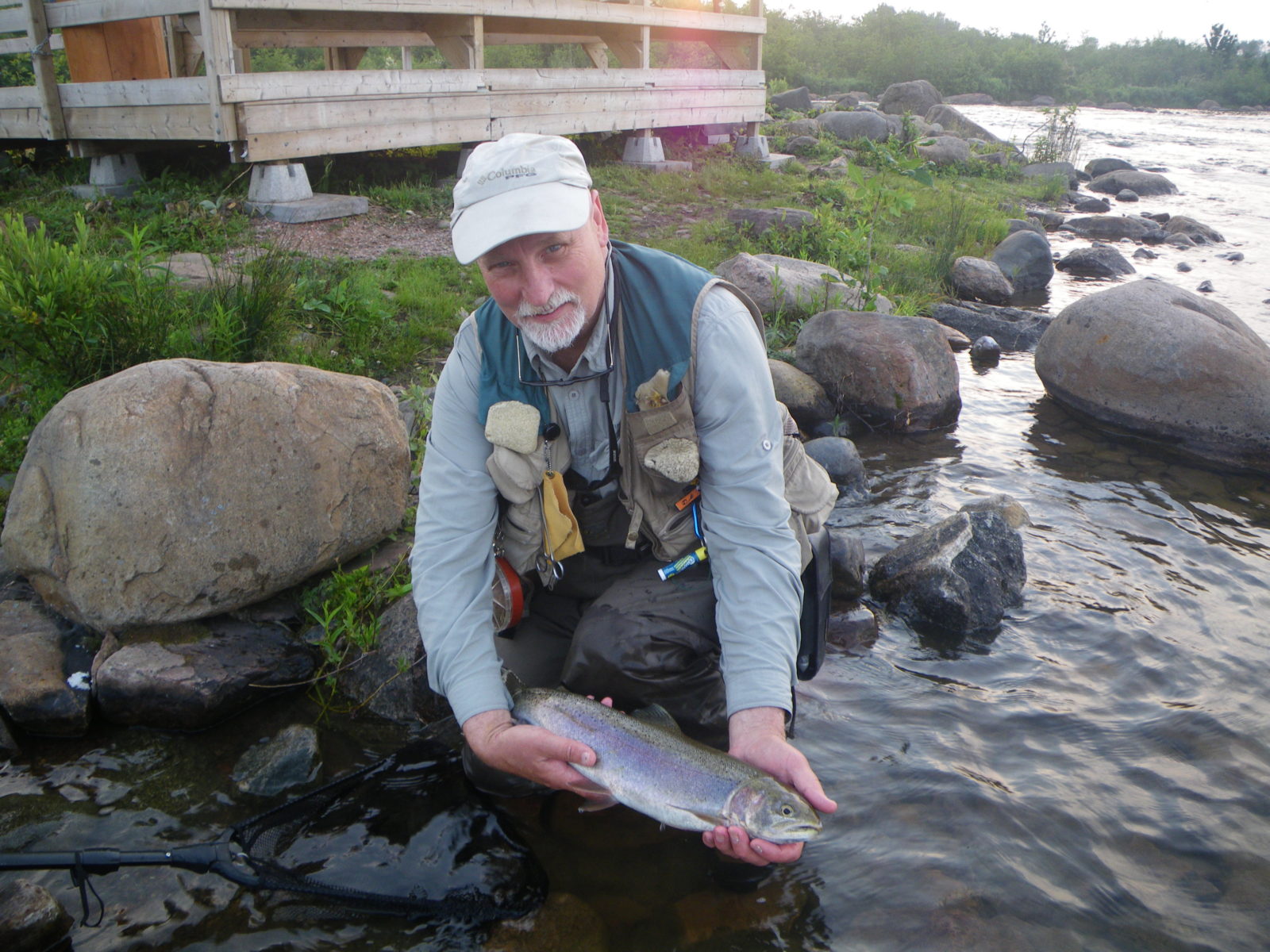
On another trip, Hodkinson took me and another writer to water nearer the path we used to get to the river, and immediately I hooked a beautiful rainbow, one of several we caught that day.
It’s the closest thing to a great opportunity to fish for the “fish of kings” for the rest of us. Contact Hodkinson at 705-987-1745, and Giuliani at 906-203-9112 or 705-7805-5570.
Marinette and Oconto, Green Bay, Wisconsin
Marinette, at the top of Green Bay, has been a sleeper site for walleye that has only recently been spotlighted. Oconto has long been known as a great Green Bay location for these fish.
Both spots offer great fishing and catching depending on the time of year. If you’re in Marinette, you may be traveling across Green Bay to islands along the Door Peninsula. At Oconto, nearby reefs may be your destination. Guides like Captain Steve Paulson (906-290-2939) will put you on fish, which can be huge.
I’m sure I’ve left out your favorite Midwest spot, like Wisconsin Lakes Geneva or Winnebago, Minnesota’s Lake of the Woods, or the developing Atlantic salmon fishing on Lake Huron. So it goes. I left out a few of my favorites as well, but that’s the beauty of fishing. There’s always just one more cast to make, one more river or lake to try. Always the anticipation, and even if you catch only a few or nothing at all, always a learning experience. Share your favorites in the comments below, and we’ll be back with another Top 10 list soon from a different part of the continent.
If You Go
Besides the contacts listed, check out the Michigan Charterboat Association for more choices in that state. See each state and province for license regulations.


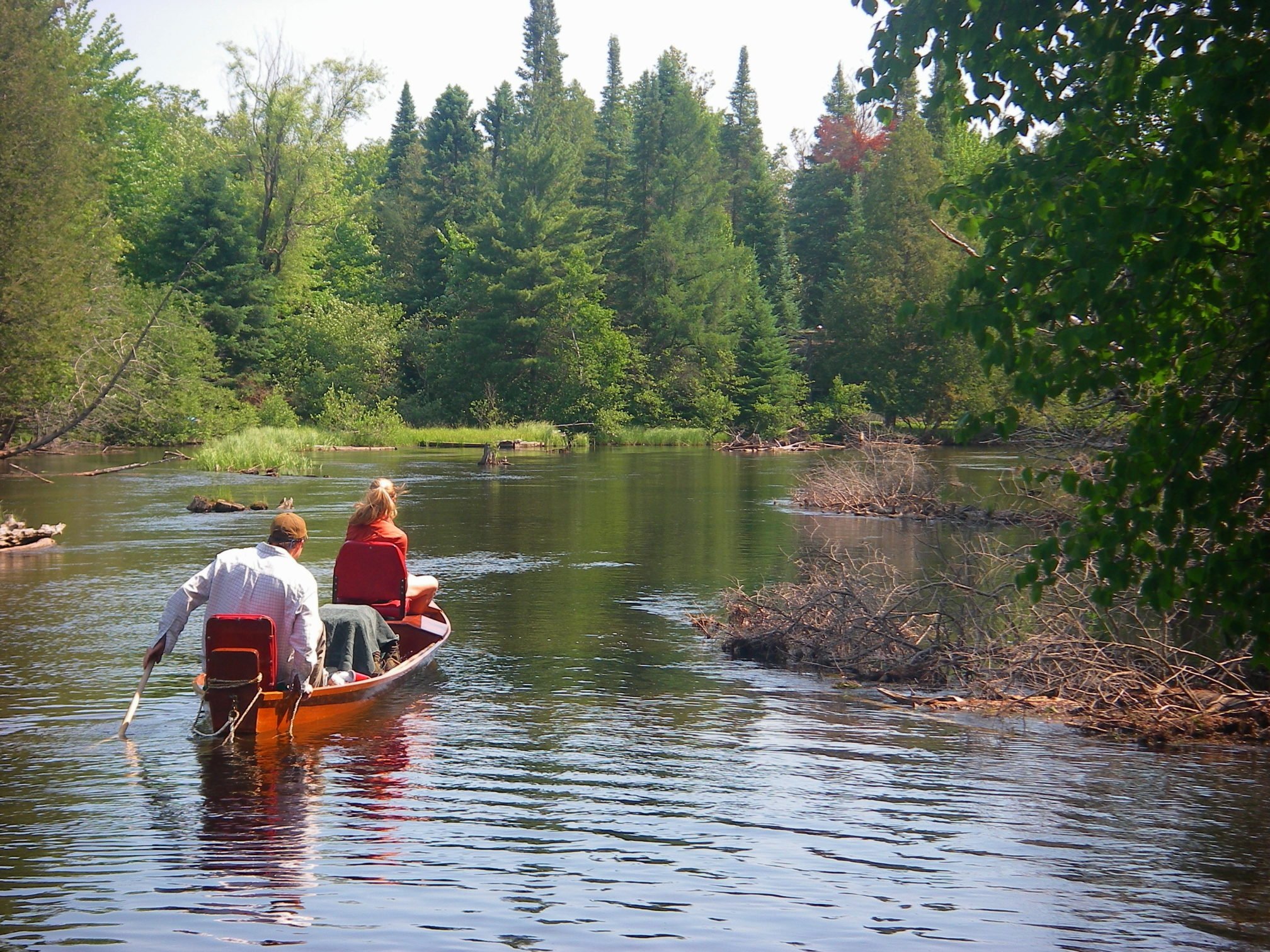
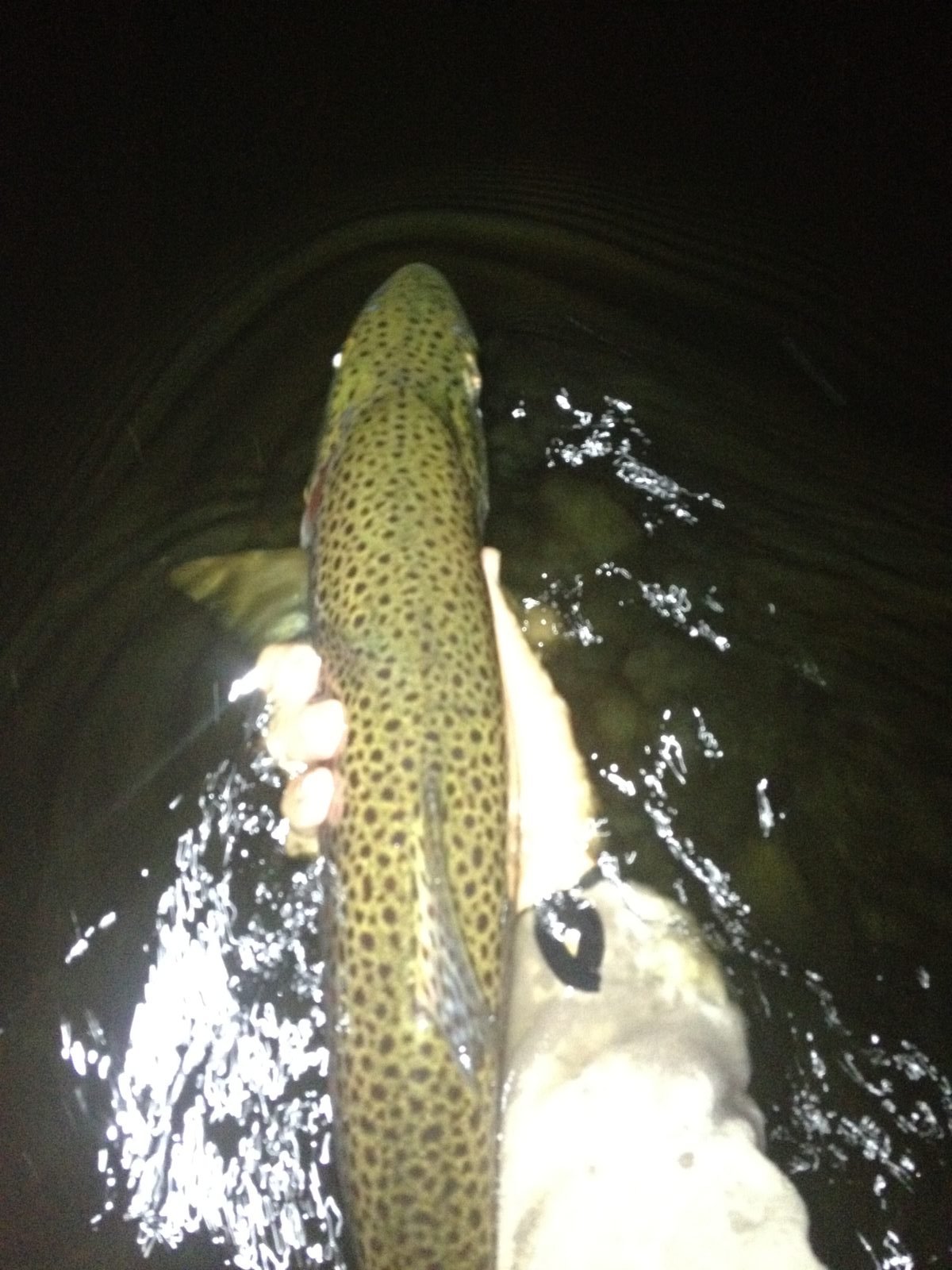
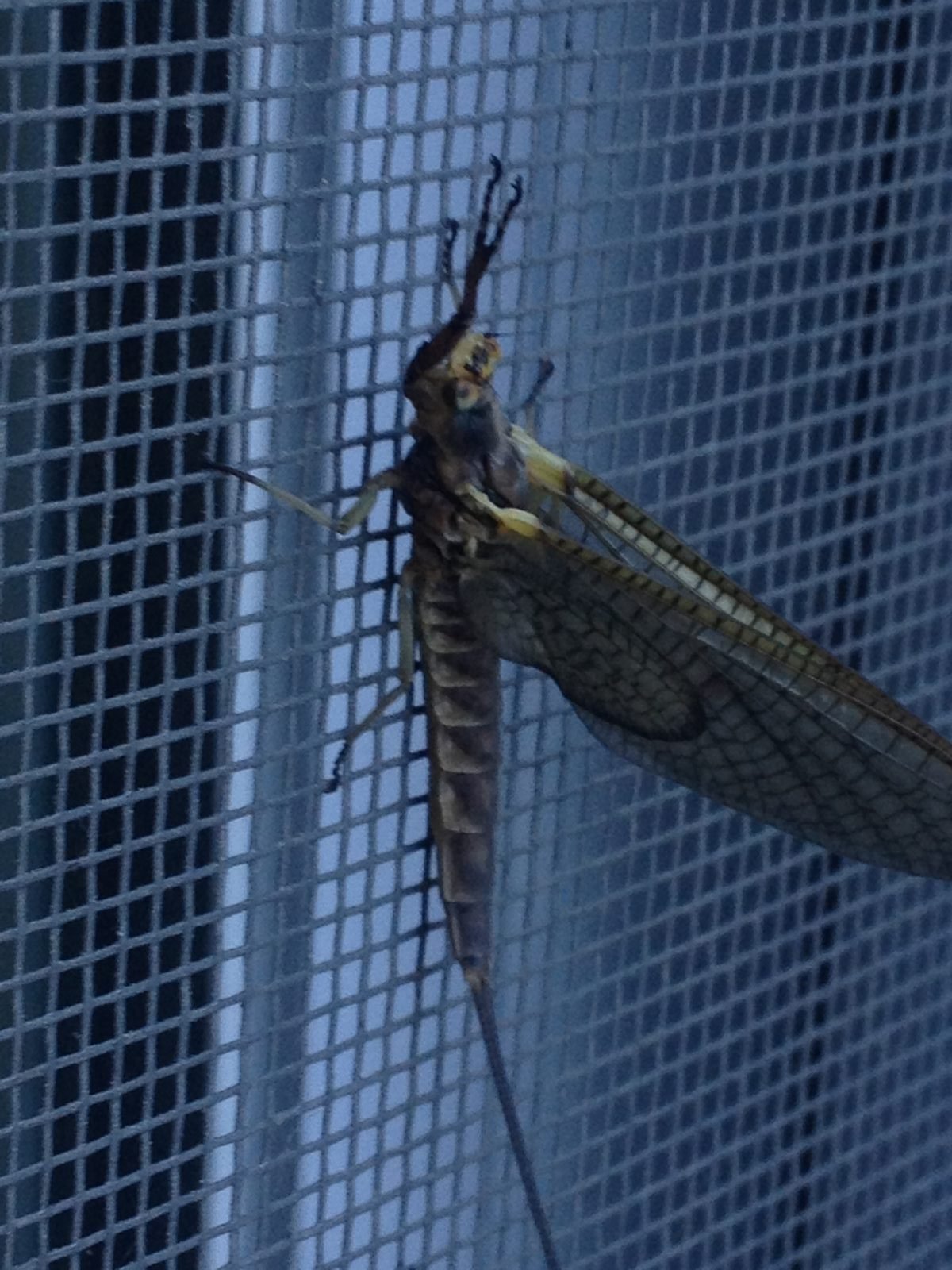

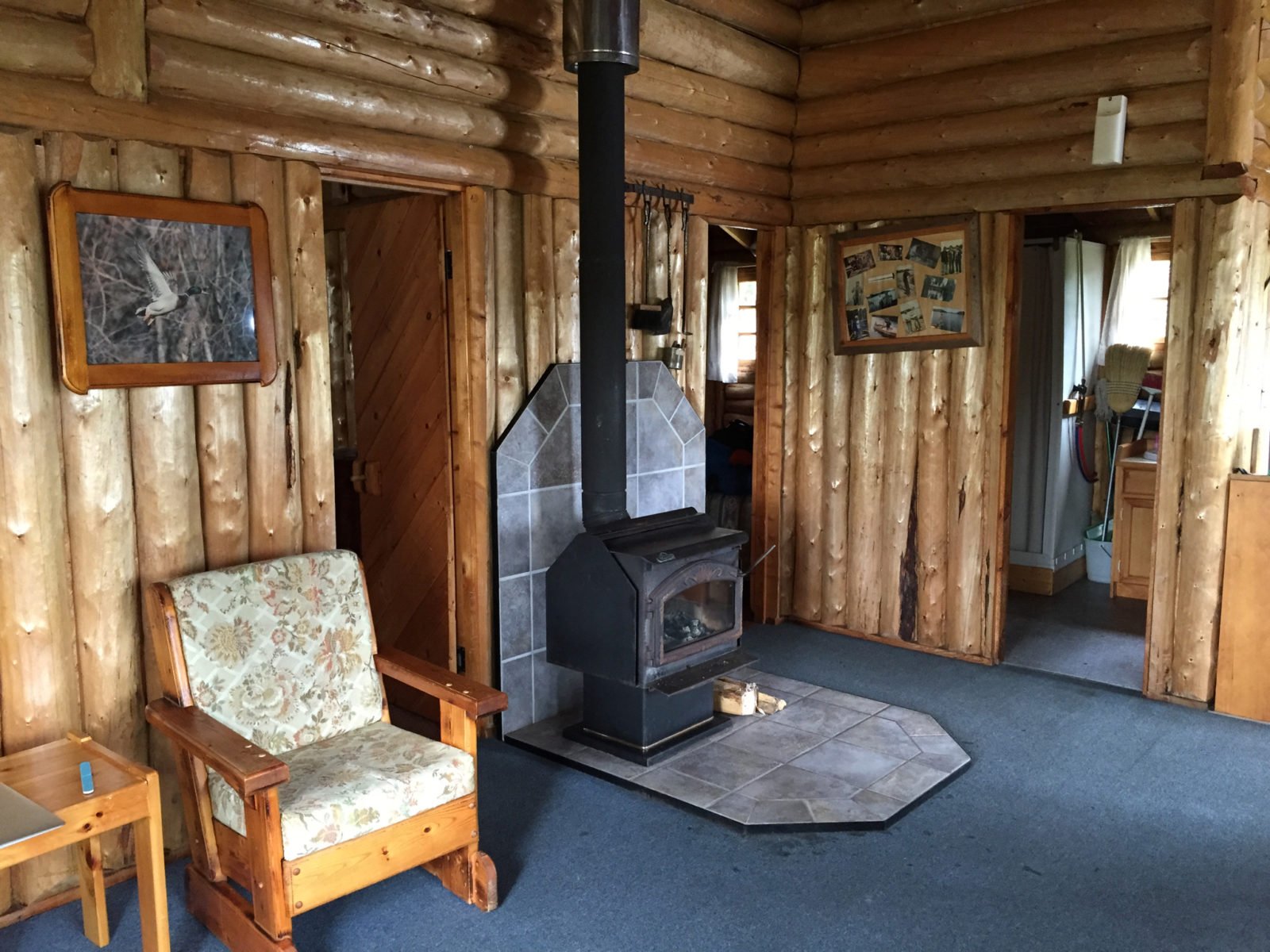


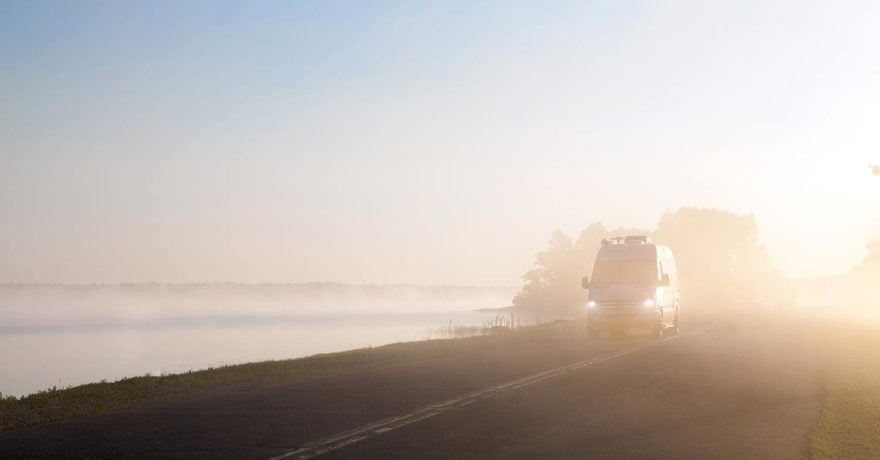
Comments